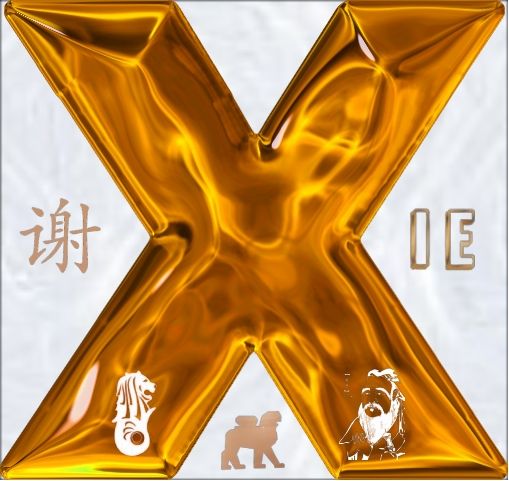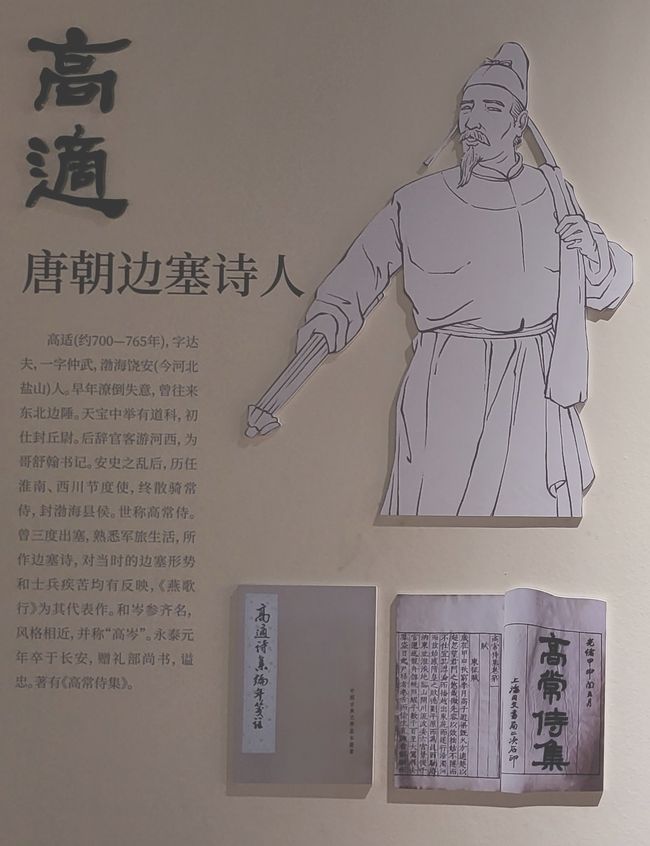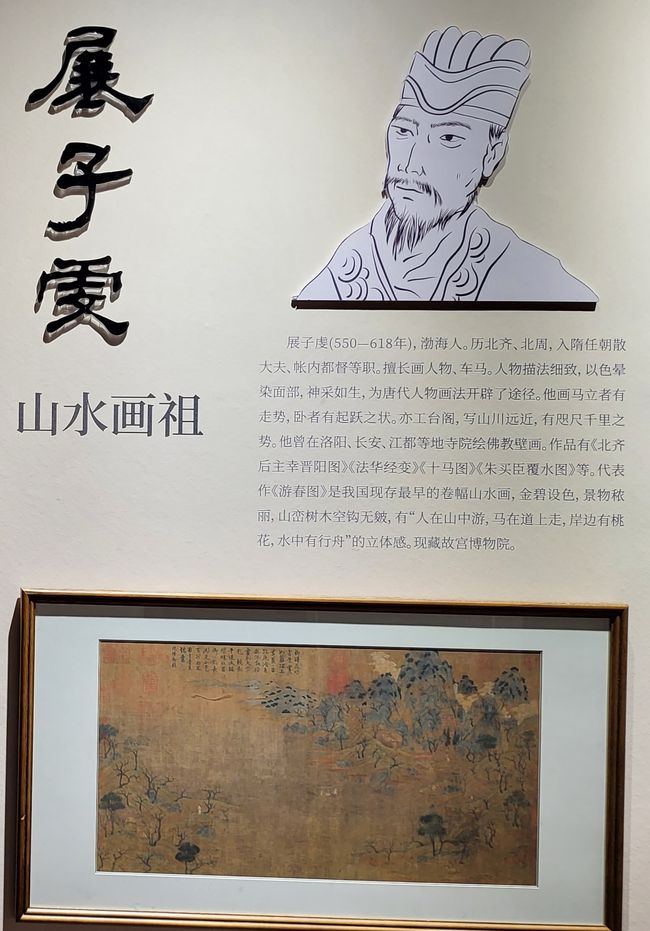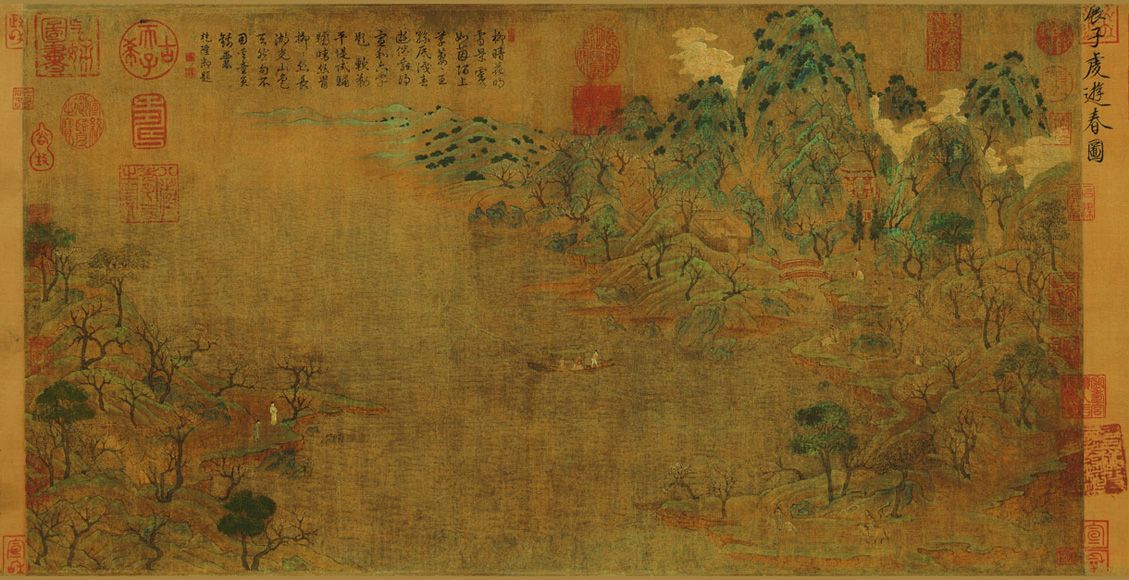The Painter and the Poet
Published: 14.08.2024
In part 3 of my blog post mini-series about famous personalities in the Cangzhou region, I dedicate this segment to art and culture.
Zhan Ziqian (550-618) was from Bohai, a region toward the Yellow Sea; east of Cangzhou. He served as an official at the court of the Sui Dynasty and was responsible for the administration of military lodgings, among other duties. He had great talent in painting figures, horses, and chariots. His meticulous method of character portrayal with colored faces made the facial features of the figures appear lively. This technique became characteristic of figure painting in the subsequent Tang Dynasty. Additionally, the dynamic expression in his paintings of horses—galloping, standing, lying down, trotting—was remarkable alongside his landscape painting. Zhan Ziqian also painted Buddhist murals in temples in Luoyang, Chang'an, and Jiangdu. The painting “Spring Outing” (游春图) is the earliest preserved work of Chinese landscape painting. The image depicting mountain peaks, trees, people, horses, and a rowboat on the water gives a three-dimensional feeling and is painted in golden hues. It can be seen today in the Forbidden City in Beijing.
Gao Shi (ca. 700-765), also known as Dafu (達大), was from Rao'an, southeast of Cangzhou, the neighboring county to my wife's hometown. He took his civil service examination under the ruler Xuanzong during the Tianbao era. During this time, internal power struggles led to the An Lushan Rebellion, which caused the collapse of the imperial bureaucracy. Following these tumultuous civil war events, he became secretary to the powerful general Geshu Han. Thus, he witnessed the victorious border wars of this general and wrote several commendatory poems about them. As a military envoy in various regions, he became acquainted with the burdensome life of soldiers and incorporated these experiences into his poetry. His most famous work, “Songs of Lamentation” (悲歌行), expresses this best. His commitment to the people of the land reflects his Confucian outlook, and his straightforward style makes him an important contemporary witness of his time.
Answer
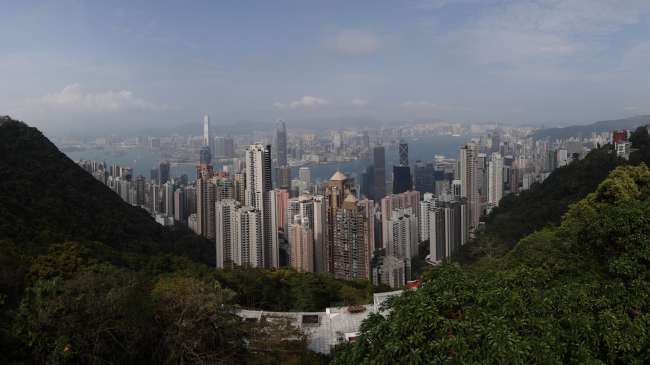
Travel reports China

